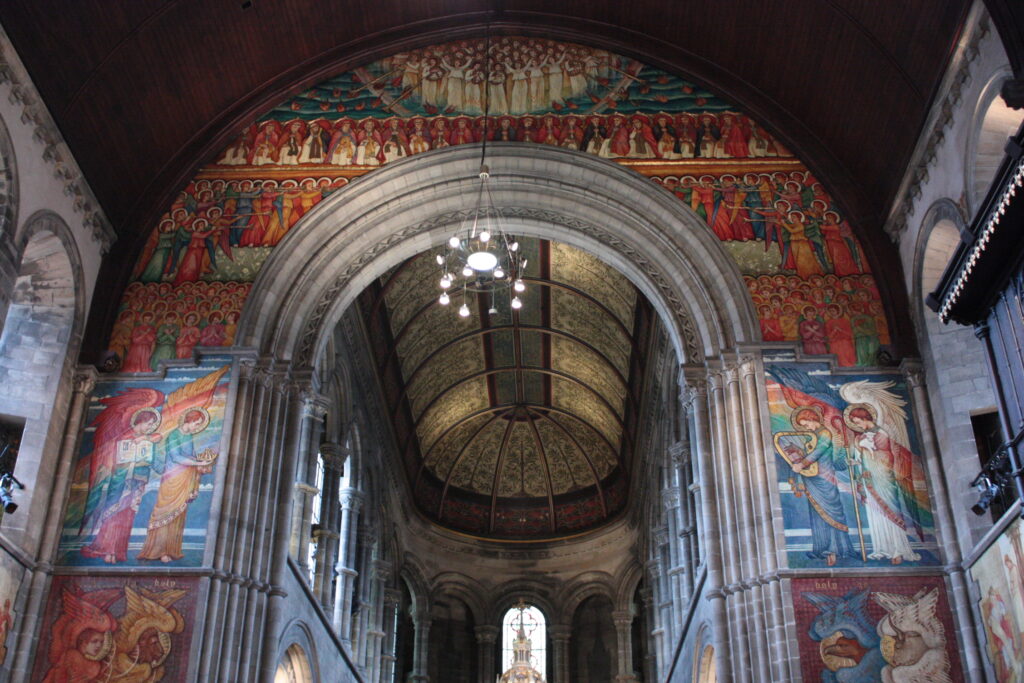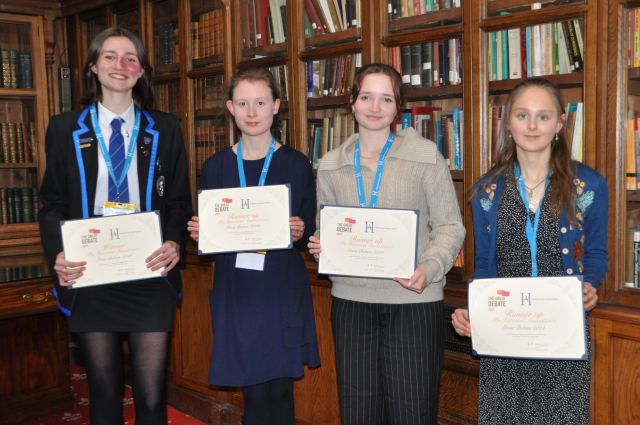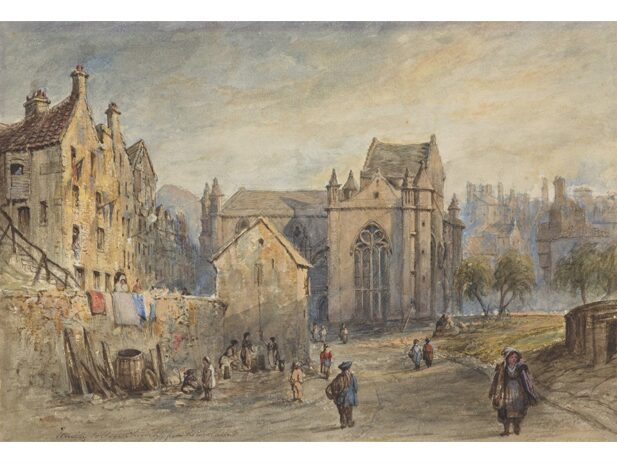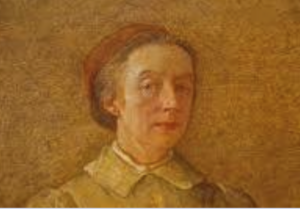
On 9 June, 10 members of the OEC enjoyed a spectacular visit to the converted church that is the Mansfield Traquair Centre at 15 Mansfield Place, Edinburgh.
It is quite breath-taking inside with the magnificent murals painted by Phoebe Traquair (self portrait pictured left), who eventually finished them in 1901, and her story is worth repeating.
Phoebe Anna Moss was born in 1852 in Ireland, the daughter of a physician. She studied art at the Royal Dublin Society and came to notice by producing illustrations of fossil fish for Ramsay Traquair, a Scots palaeontologist who was Keeper at the Royal Dublin Society. They married in 1873, and soon after came to Edinburgh where Ramsay Traquair was appointed Keeper of what we now call the National Museum of Scotland. They had several children and stayed in Colinton.
Her wide circle of friends included Patrick Geddes, who commissioned her to paint the murals in the mortuary chapel at the Royal Hospital for Sick Children. Thereafter she completed many public art commissions, including at St Mary’s Cathedral and Mansfield Place Church.
She was a major contributor to the Arts and Crafts Movement and was one of the first women artists to achieve professional recognition. Her range of artistic skills was very impressive (embroideries, enamelwork, manuscript illumination, picture painting and mural painting etc).
We were told about the building itself, too. The foundation stone was laid in 1873 by Robert Rowand Anderson who was the principal designer and assistant to Sir George Gilbert Scott, the building was consecrated in 1876 and is in grand neo-Romanesque architectural style. It was a Catholic Apostolic Church, and after the last priest of that denomination died in 1958, its role as a church ended.
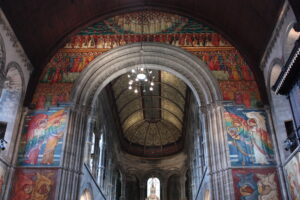 It is a vast space, and apparently Phoebe more or less said “I will paint it for you,” and the church hierarchy agreed.
It is a vast space, and apparently Phoebe more or less said “I will paint it for you,” and the church hierarchy agreed.
She started in 1893 and did all the interior by herself. It took her a long time, until 1901, as she would only paint in daylight. Somehow she managed all that painting high up on scaffolding, and it has been called “Edinburgh’s Sistine Chapel.”
A curious fact about the Catholic Apostolic Church is that no use was made of standard Christian images – there were to be no paintings of the Crucifixion, or Crosses. Hence the walls are covered in scenes from the Old and New Testaments (southern and northern walls respectively), the east has scenes representing the Apocalypse, while the west wall shows the Second Coming. There are myriads of trumpet playing angels which are fabulous.
However, Phoebe inserted a tiny image of a cross, very high up on the wall, incorporating it as an illustration in a book being held by an angel.
Phoebe Traquair died in 1936 in Edinburgh and left a great artistic legacy. You can find out more about this on the National Galleries of Scotland website.
A major restoration project between 2003 and 2005 reveals the true colours again and has preserved the building for future generations.
If you ever have the chance to see it for yourselves, it is well worth a special trip.
By Patricia A Jones

